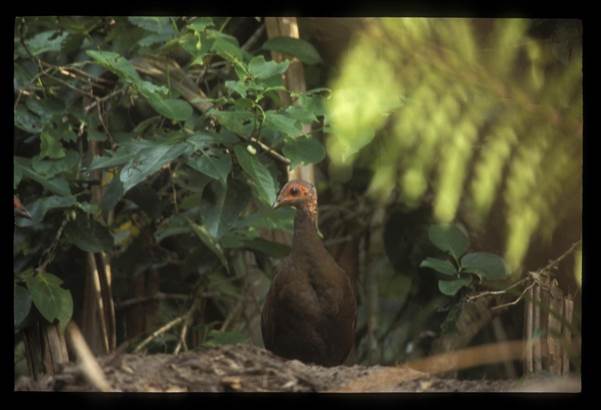Free Courses Sale ends Soon, Get It Now


Free Courses Sale ends Soon, Get It Now



Disclaimer: Copyright infringement not intended.
Context: Great Nicobar Island (GNI), situated at the end of the Andaman and Nicobar archipelago, is in peril.
Details:
Concerns:
About:
The largest mammal on the island is the Nicobar long-tailed macaque ( Macaca fascicularis umbrosa):
Another flagship species from GNI is the Nicobar megapode ( Megapodius nicobariensis):
Mangroves in danger:
Sea Turtle:
The Crux:
© 2024 iasgyan. All right reserved